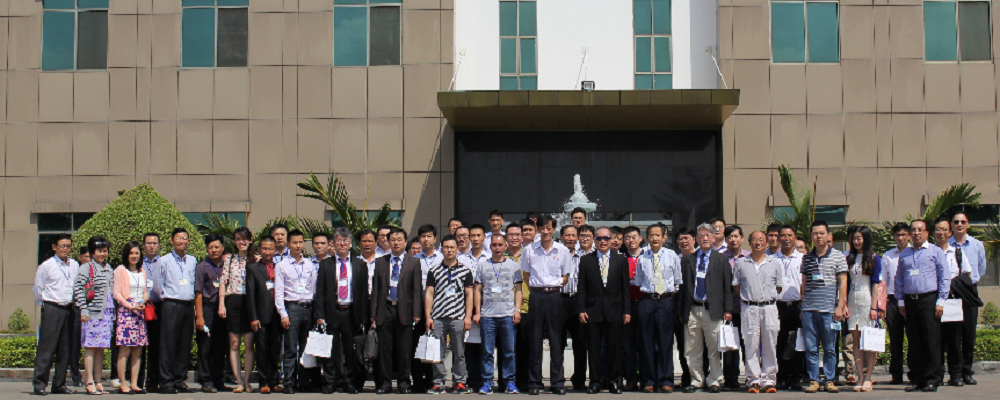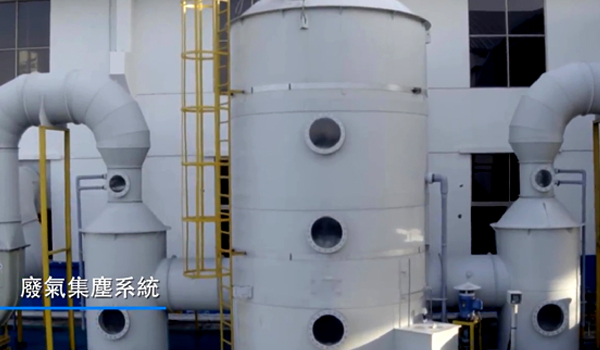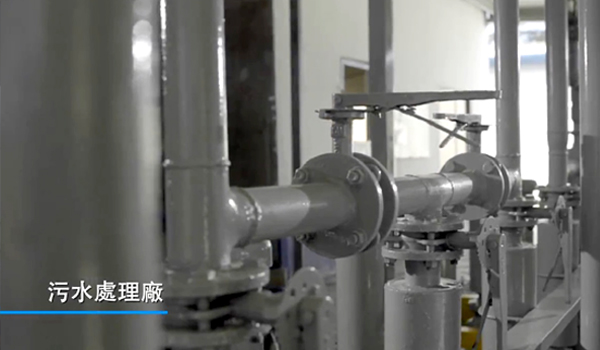Environmental Protection
ESH Policy We are a lead acid battery manufacturer, and our main product ranges include: batteries for renewal energy storage systems, batteries for PBX and telecommunication facilities, UPS batteries, EV batteries, startup batteries, long-life batteries, and start/stop batteries. Upholding the belief in “conscious business and sustainable operations”, we support the extension of environmental protection and green consciousness and are committed to the implementation of various environmental protections and industrial safety activities and the continual improvement of the environment, safety, and health (ESH) performance based on our EHS policy.
Green Sustainable Supply Chain
We understand that corporate social responsibilities must be practiced in our supply chain management (SCM). We agree to discern the impacts on society and the environment and effectively manage the procurement activities of our products and services. To effectively combine CSR with our long-term development strategy and maximize value for the company, we have established the “Sustainable Procurement Policy”. We further declare to suppliers our hope of becoming a bellwether with the contents and practices of the policy, in order to repay society and promote social harmony and development. To display our performance in and perform our responsibility for environment and employee safety and health, all our factories, both in Taiwan and in Vietnam, have pass ISO 14001 and ISO 45001 certification. Apart from complying with the basic statutory and regulatory requirements in routine business operations, we organize education and training activities on environmental protection laws and regulations and participate in environmental protection movements and related physical, mental and spiritual talks by enforcing a learning organization, in order to raise the sense of involvement and improve the ability of employees. We also monitor our ESH performance with higher standard plans and policy implementation. We further reduce environmental impacts and hazards on employee health and safety in production activities in accordance with international standards, in order to balance and optimize business development and overall corporate social responsibility. For the better selection and use of products and services, we have established the “Supplier Evaluation Management Procedure” to ensure only qualified suppliers are registered in the “Quality Vendor List” (QVL). We have also established the “Code of Social and Environmental Conduct of Suppliers”, periodically organize education and training activities with suppliers, and host the supplier congress to communicate our insistence on environmental protection and occupational health and safety in respect of ISO 14001 and OHSAS 18001, reach a consensus with suppliers, and demonstrate our determination to implement both international systems. We further request suppliers to promise and guarantee that the products and parts (including but not limited to semi-finished products, finished products, raw materials, accessories, and/or packaging materials) comply with our environmental controlled substances and abide by the environmental control standards and requirements with respect to our “Corporate Social Responsibility Commitment”. Suppliers are also requested to assume all responsibilities for violation and agree that we will list them in the unqualified vendor list and terminate transactions with them. By doing so, we aim to reduce the potential impacts on society and the environment off our supply chain, contribute to the social well-being, and build a supply chain that can effectively use resources and implement environmental and social risk management.

Energy Conservation and Emissions Reduction
In addition to extending the past effective control and reduction measures, we spare no effort to promote and implement the following energy reduction measures:
- Reduce HAVC use at peak hours.
- Reduce HAVC demand with ventilation by air coolers.
- Keep track, check, and replace failed capacitors to raise the power factor of overall electricity consumption.
- Introduce high-performance equipment and install energy-saving controllers on motors to reduce electricity consumption.
- Remove unnecessary lighting and apply an area-based electricity supply.
- Use new-typed warming mechanisms in some processes to reduce electricity consumption for heating.
- Enhance the charging capacity of battery plates and batteries and change the process of some batteries to internal accumulation to reduce electricity consumption.
- Replace LED lamps powered by PV systems for outdoor lighting.
- Replace T5 fluorescent tubes with low wattage LED tubes to reduce electricity consumption.
- Install individual electricity meters in different areas of each factory, check readings every month, and analyze electricity consumption patterns for the reference of effective control and assessment of electricity consumption.
- Reduce the electricity consumption of the secondary cooling water circulation.
- Establish the UHV station to resolve the recurrent power outage problem and enhance the effectiveness of electricity consumption for electricity conservation.
- Replace gas heating with steam or electrical heating.
- Add insulation materials to gas heating equipment to reduce heat replenishment by gas.
- Continue to increase automatic equipment in the assembly line to reduce gas consumption for soldering.
- Request each factory to check and repair leakage of gas pipelines.
- Continue to tighten fuel consumption registration and control of individual vehicles.
- Replace forklifts or company cars (trucks) with high fuel consumption with rental cars or new cars to reduce fuel consumption.
- Establish the UHV station to resolve the recurrent power outage problem and reduce the fuel consumption for starting up diesel generators after power outages to further demonstrate the positive benefits of fuel consumption reduction.
- Cut off unknown or unused pipelines, reduce the pressure of constant pressure motors to reduce water consumption, and add water meters in some areas to tighten water consumption control.
- Centralize and store processed water bodies for reuse by other equipment to diversify water resource uses and reduce effluent discharge.
GHG Inventory
The GHG emissions inventory of this company includes Scope 1 Direct GHG—emissions from sources that are owned or controlled by the organization, such as stationary combustion sources, mobile combustion sources, fugitive emissions sources, and septic tanks; and Scope 2 Energy Indirect GHG—emissions f
| 2023 | Scope 1 | Scope 2 | Total emissions |
|---|---|---|---|
| Taiwan | 126.11 | 346.01 | 472.12 |
| Vietnam | 6,723.62 | 66,231.53 | 72,955.15 |
| 2022 | Scope 1 | Scope 2 | Total emissions |
|---|---|---|---|
| Taiwan | 126.65 | 386.64 | 513.29 |
| Vietnam | 7,548.66 | 74,625.04 | 82,173.70 |



